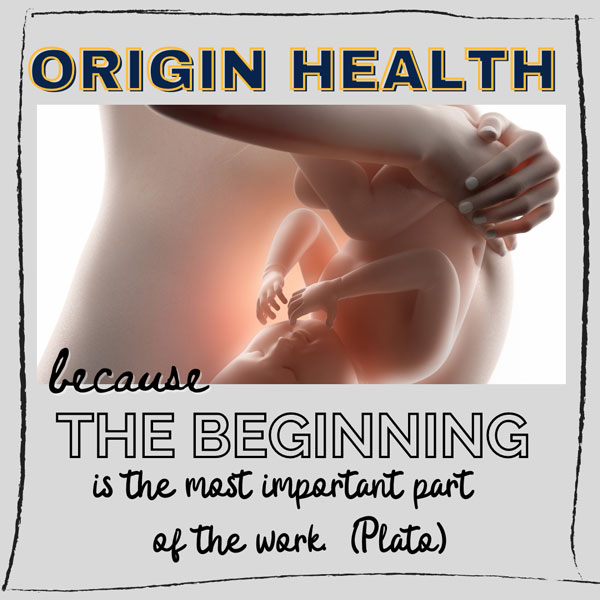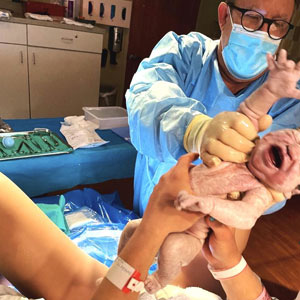Shelby’s Story
Reviews
SHELBY’S STORY
My grandmother was at the ultrasound with me the day we found out about the boys’ TTTS and Dr. Fausett drew her pictures to illustrate things for her because she didn’t understand what was going on! He even gave my toddler his own lunch that day because our appointment went so long.”

There are many blood vessels in the placenta. In TTTS, abnormal blood vessels form in the placenta, and blood flows unevenly between the fetuses. TTTS leads to unequal placental sharing, which means that one baby receives more blood than the other.
This condition affects pregnancies with identical twins who share a placenta or multiples with more babies, such as triplets. As a result, one of the twins becomes a “donor,” and the other twin becomes a “recipient” of this twin-to-twin transfusion.
TTTS can affect both twins negatively. It is a progressive condition that worsens throughout the course of the pregnancy.
The donor twin receives insufficient blood, oxygen, and nutrients. This twin develops anemia, a condition characterized by a low amount of red blood cells and hemoglobin. The anemic fetus prioritizes vital organs like their brain and heart, and less vital organs become atrophied or damaged. These organs include the donor’s kidneys, and so the fetus produces less or no urine. This leads to low levels of amniotic fluid.
The donor baby also becomes dehydrated and grows more slowly. The donor twin usually has 20 percent less birth weight than the recipient twin. The donor twin’s hemoglobin may be 5 g/dL less than the recipient’s.

Maternal Fetal Medicine Services

Preconception Counseling

